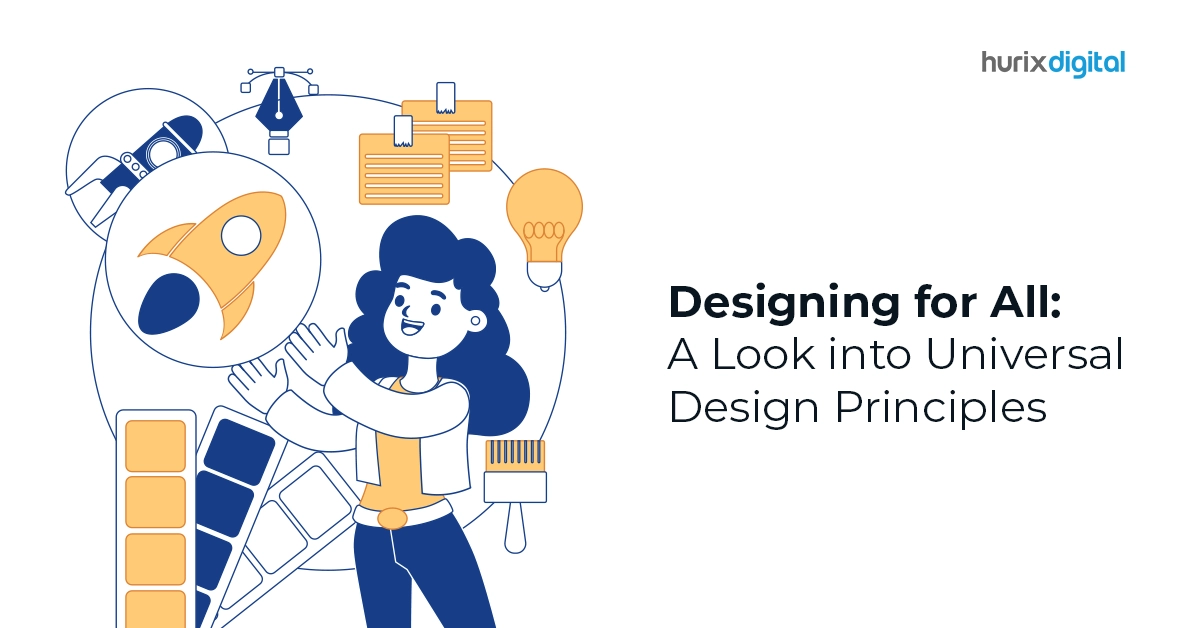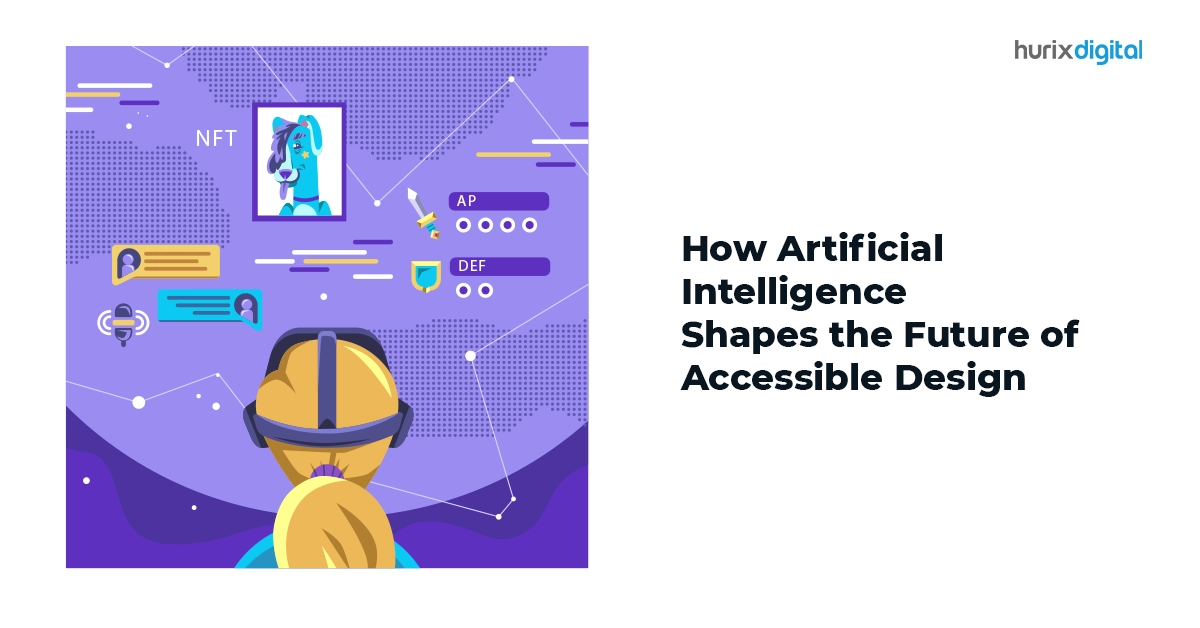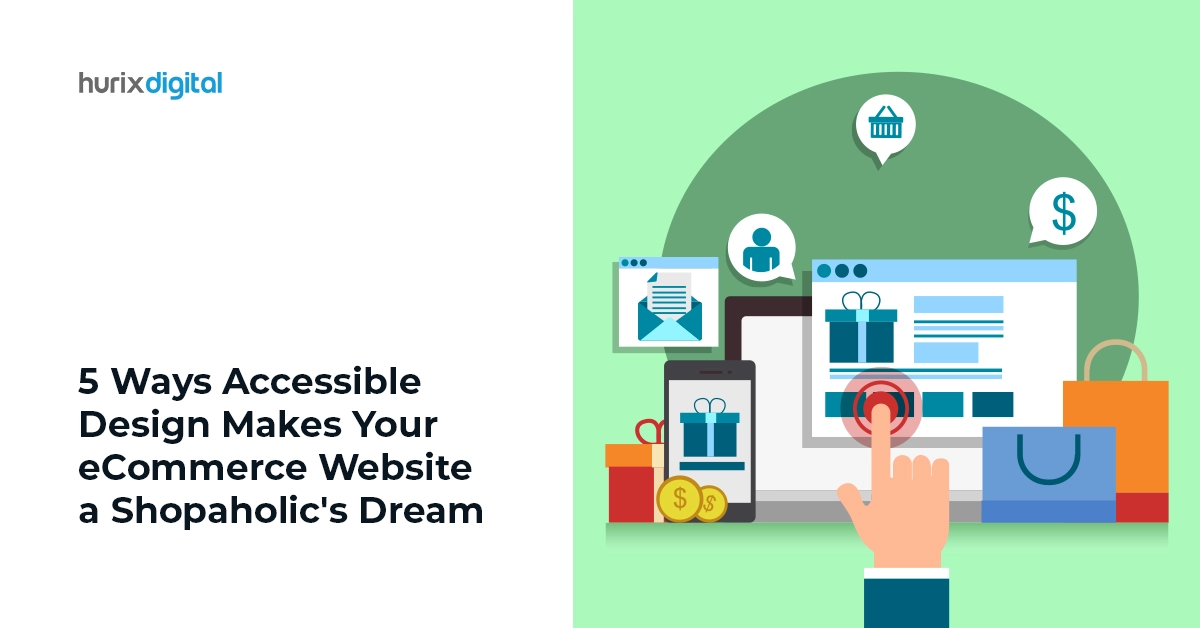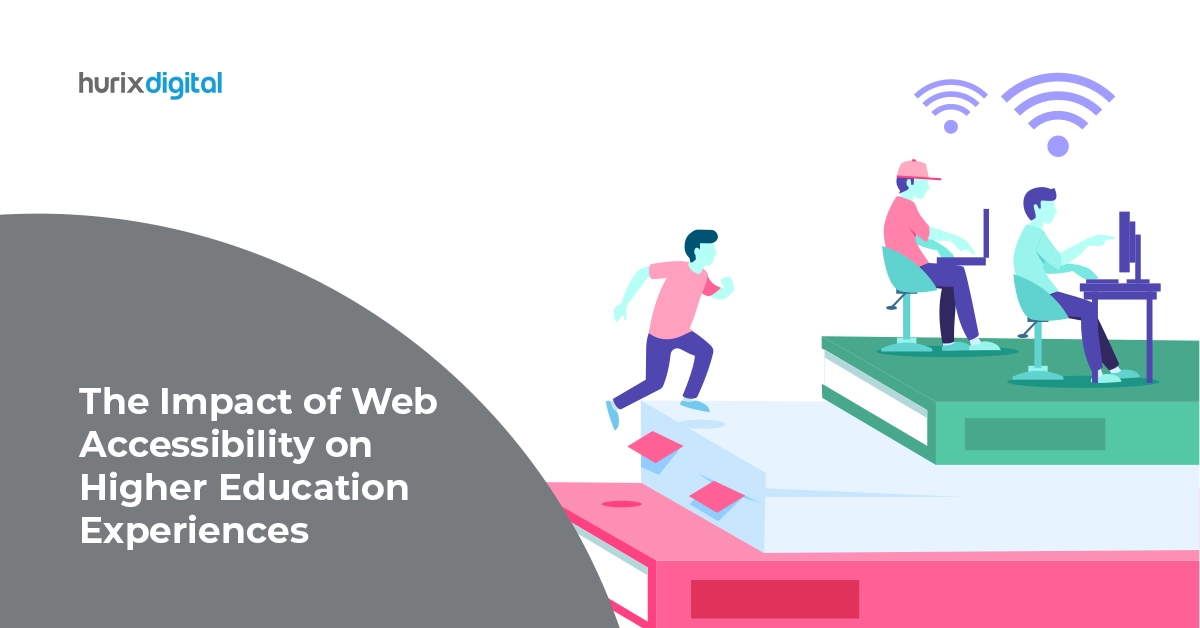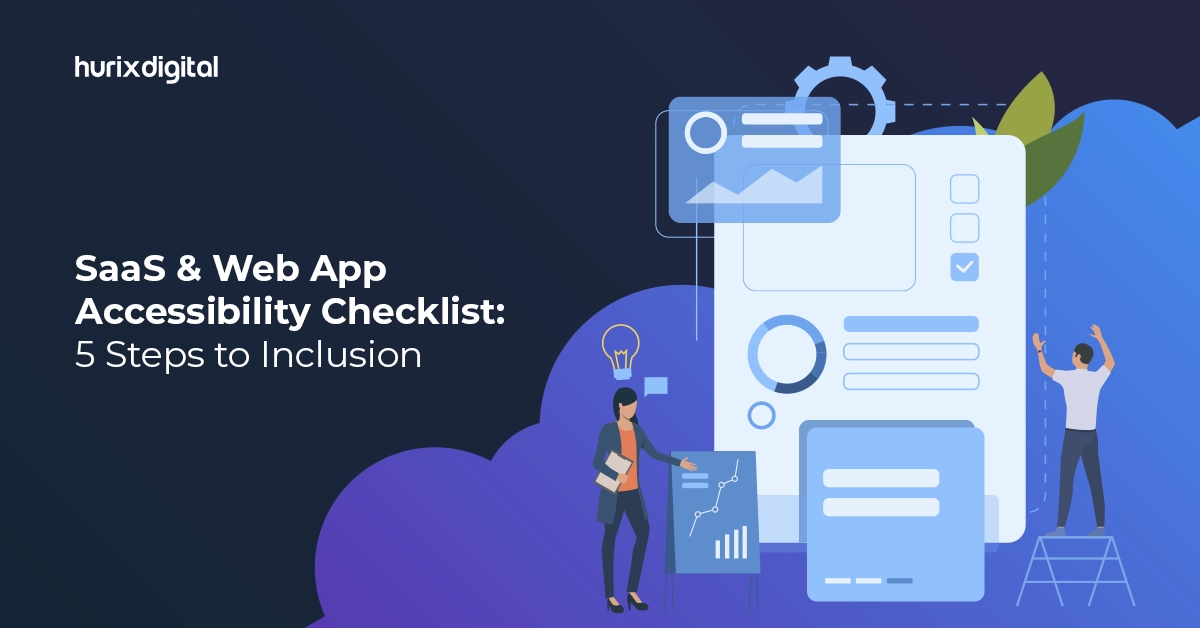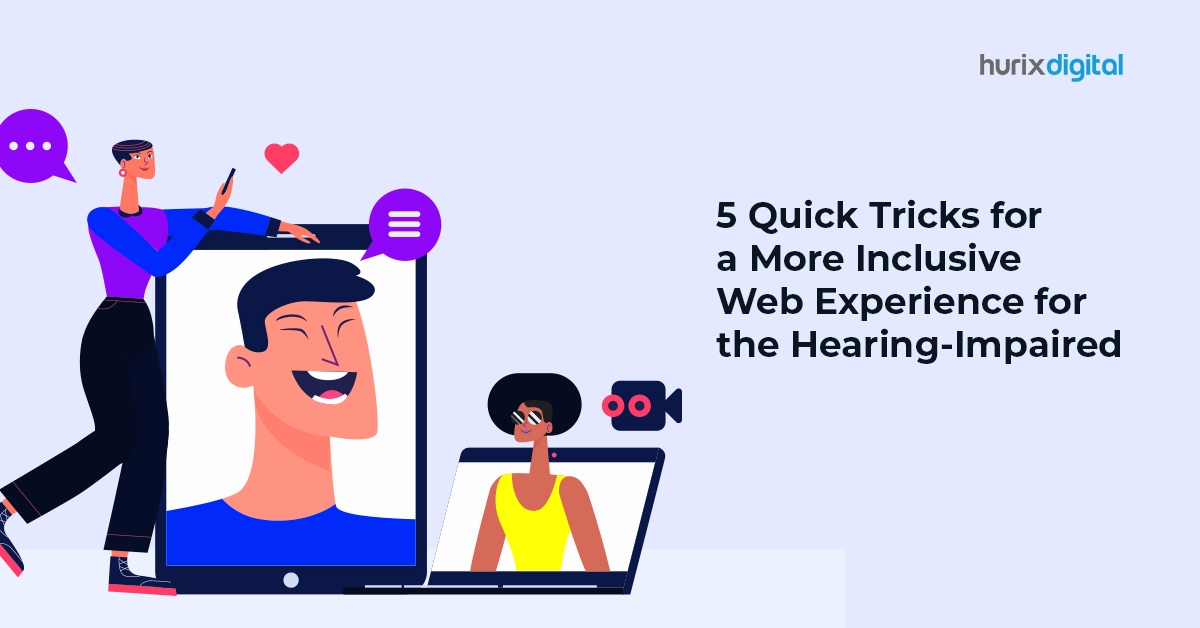Summary
Accessible design isn't just a trend; it's a necessity in today's diverse world. This blog explores the transformative power of Universal Design Principles, uncovering how they create equitable and inclusive experiences for everyone. We delve into the seven key principles – Equitable use, Flexibility in use, Simple and intuitive use, perceptible information, Tolerance for error, Low physical effort, and Size and space for approach and use – and their impact on digital technology, accessibility, and assistive technology. Learn how these principles can enhance your designs, benefitting individuals with and without disabilities alike.
In today’s digital age, accessibility and inclusive design have become increasingly important considerations for businesses striving to reach a diverse audience. As technology continues to advance, so too do the expectations for accessible digital experiences. For businesses, this means adopting universal design principles to ensure that their products and services are usable by as many people as possible, regardless of ability. In this blog post, we’ll delve into the concept of universal design and explore practical strategies for implementing it within your business.
Table of Contents:
- Understanding Universal Design
- Six Key Principles of Universal Design
- Six Practical Strategies for Implementing Universal Design
- From Theory to Practice: Universal Design in Action
- Embracing the Power of Inclusive Design
- Conclusion
Understanding Universal Design
Universal design is an approach to creating products, environments, and digital experiences that are usable by people with a wide range of abilities, disabilities, and other characteristics. It emphasizes the importance of designing for diversity from the outset, rather than retrofitting accessibility features later on. At its core, universal design aims to eliminate barriers and create inclusive spaces that everyone can navigate and use comfortably.
Six Key Principles of Universal Design
- Equitable Use
Products and environments should be designed to be usable by people with diverse abilities.
- Flexibility in Use
Design should accommodate a wide range of individual preferences and abilities.
- Simple and Intuitive Use
The design should be easy to understand, regardless of the user’s experience, knowledge, language skills, or current concentration level.
- Perceptible Information
The design should communicate necessary information effectively to the user, regardless of ambient conditions or the user’s sensory abilities.
- Tolerance for Error
The design should minimize hazards and the adverse consequences of accidental or unintended actions.
- Low Physical Effort
The design should be efficient and comfortable to use, with minimal fatigue.
By incorporating these principles into your digital products and services, you can create more inclusive experiences that cater to a broader audience. This not only enhances usability for people with disabilities but also improves the overall user experience for everyone.
Also Read: Unleashing the Power of Inclusive Design for Enhanced User Experiences
Six Practical Strategies for Implementing Universal Design
- Prioritize Accessibility from the Start
Incorporate accessibility considerations into the early stages of product development to avoid costly retrofits later on.
- Educate Your Team
Ensure that your design and development teams understand the importance of accessibility and are equipped with the knowledge and tools to implement it effectively.
- Use Assistive Technology
Familiarize yourself with assistive technologies such as screen readers, voice recognition software, and alternative input devices to better understand the needs of users with disabilities.
- Test for Accessibility
Regularly test your products for accessibility using tools like screen reader emulators, keyboard navigation, and color contrast checkers.
- Seek Feedback from Users
Involve users with disabilities in the design process and solicit feedback on accessibility features and usability.
- Follow WCAG Standards
Adhere to the Web Content Accessibility Guidelines (WCAG) to ensure that your digital content meets recognized accessibility standards.
From Theory to Practice: Universal Design in Action
These principles aren’t just abstract concepts; they translate into tangible benefits across various domains:
- Digital technology: Websites and apps designed with accessibility in mind are not only usable by people with disabilities but also benefit everyone with their intuitive navigation and clear information presentation.
- Accessibility: By incorporating universal design principles, we can create physical environments like ramps, accessible bathrooms, and clear signage that are usable by everyone, eliminating the need for separate “accessible” solutions.
- Assistive technology: Universal design principles guide the development of assistive technologies like screen readers and voice control, empowering people with disabilities to interact with the world around them.
Embracing the Power of Inclusive Design
By embracing universal design, we create a world that is not only more accessible but also more equitable, efficient, and ultimately, better for everyone. By understanding and applying these principles, we can design products, environments, and experiences that truly benefit all members of our diverse society.
Also Read: Inclusive Design: The Key to a More Equitable World
Conclusion
Incorporating universal design principles into your digital products and services not only benefits people with disabilities but also enhances the overall user experience for everyone. By prioritizing accessibility and inclusivity, businesses can reach a broader audience and demonstrate their commitment to diversity and equal access.
At Hurix Digital, we understand the importance of accessibility and inclusive design. Our team of experts can help you implement universal design principles to create digital experiences that are accessible to all users. Contact us today to learn more about how we can assist you in designing for all.


